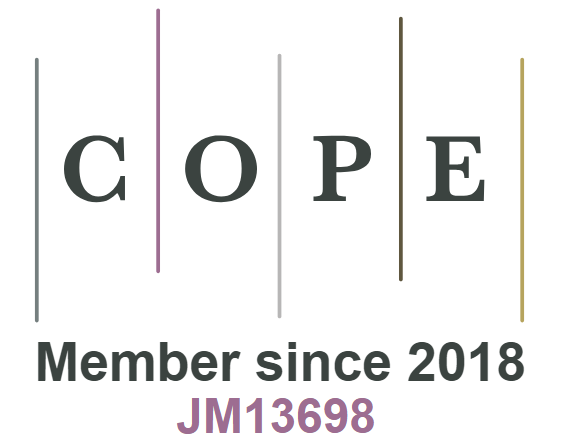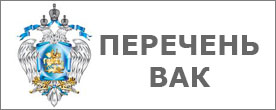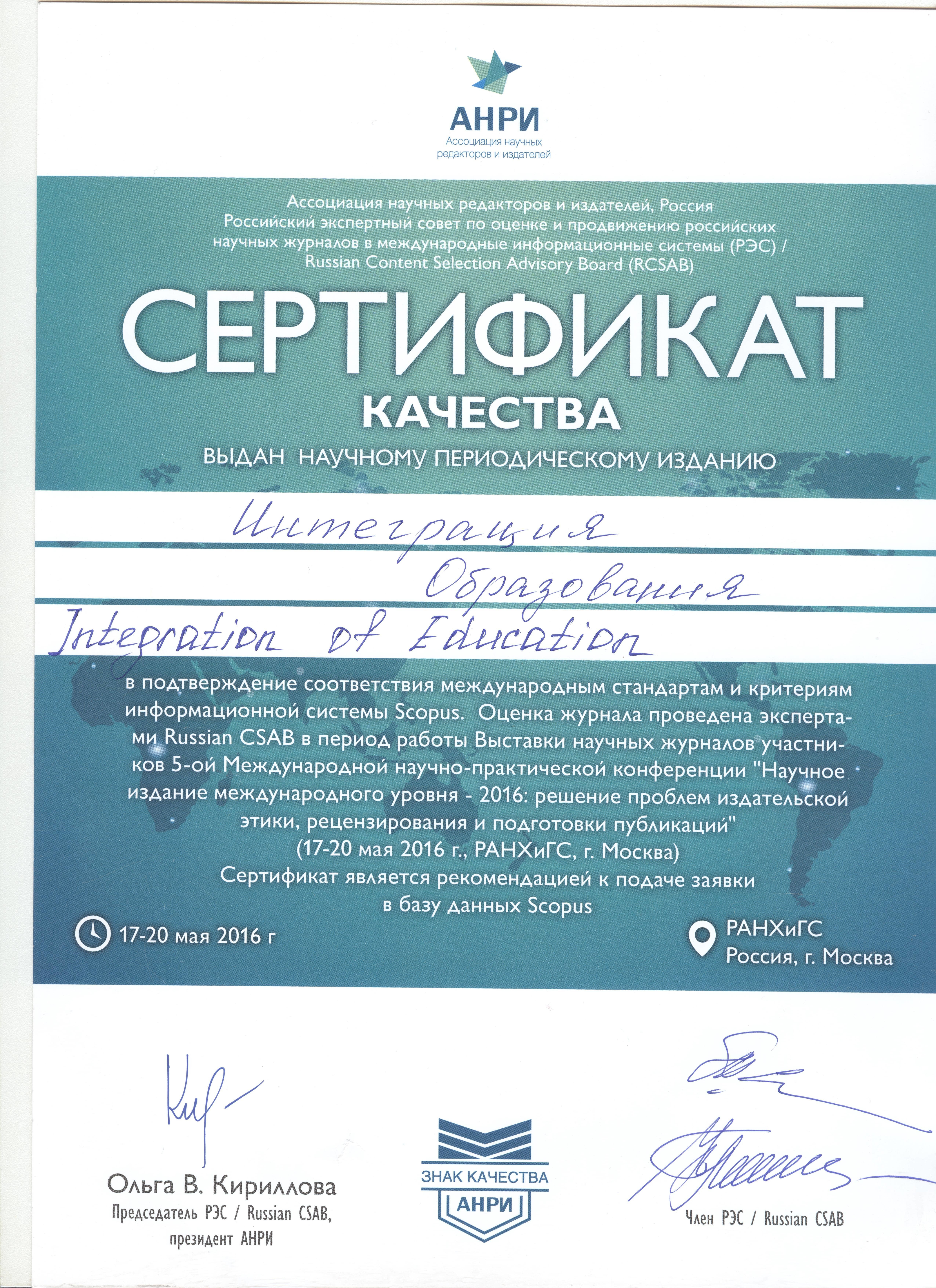УДК 378.147:547
DOI: 10.15507/Inted.079.019.201502.092
ON STABLE FREE RADICALS CHEMISTRY IN A COURSE OF ORGANIC CHEMISTRY
Tanaseychuk Boris Sergeevich
(professor, Chair of Organic Chemistry, Ogarev Mordovia State University (68, Bolshevistskaya Str., Saransk, Russia), Dr. Sci. (Chemistry), This email address is being protected from spambots. You need JavaScript enabled to view it.)
Burtasov Alexey Anatolievich
(reseach assistant professor, Chair of Organic Chemistry, Ogarev Mordovia State University (68, Bolshevistskaya Str., Saransk, Russia), Ph.D. (Chemistry), This email address is being protected from spambots. You need JavaScript enabled to view it.)
Pryanichnikova Margarita Konstantinovna
(senior engineer, Chair of Organic Chemistry, Ogarev Mordovia State University (68, Bolshevistskaya Str., Saransk, Russia), This email address is being protected from spambots. You need JavaScript enabled to view it.)
The importance of the study of the chemistry of stable free radicals in organic chemistry is associated with the substantial increase in interest in the chemistry of free radicals, including stable ones. Stable free radicals can be used as inhibitors of the ageing process of polymers as well as building blocks when generating magnetoactive polymers, as catalysts in the reactions of oxidation-reduction and other reactions; for modeling chemical processes occurring in living organisms with a view of introduction into chemical manufacturing environmentfriendly processes. Considering the above, the knowledge of the patterns of linking structure and reactivity of stable radicals, is necessary and very timely and is the subject of the discussion material on the chemistry of stable free radical. The work describes the stable free radical and advocates a unified approach to the study the chemistry of stable free radicals in organic chemistry that explains and predicts the possible features of the reactivity of different types of radicals (“electron donor”, “electron acceptor”, “amphoteric radical”), based on the classification of the energy-level profile radicals top once occupied orbitals. The paper substanciates the necessity to consider the initiation and inhibition of free radical reactions in relation to specific classes of organic compounds. It provides a detailed account of the reaction of stable radicals with mineral acids and explains the mechanism of the reaction for each type of radical. It provides an explanation to the existence, in some cases, of two types of dimers of radicals ? symmetric (formation of bonding along the centres with the highest spin density) and asymmetric (formation of bonding between centres with opposite charge, that is the so-called dipolar donor-dimerization).
Keywords: free stable radical; classification; chemical properties; donor of electron; acceptor of electron; ampoteric radical sabilny; rection with acids; dimerization; dimer; dimmer structure; “electron donor”; “electron acceptor”; “amphoteric radical”.
For citation: Tanaseychuk B. S., Burtasov A. A., Pryanichnikova M. K. O himii stabil’nyh svobodnyh radikalov v kurse organicheskoj himii [On stable free radicals chemistry in a course of organic chemistry]. Integracija obrazovanija = Integration of Education. 2015, vol. 19, no. 2, pp. 92-99. DOI: 10.15507/Inted.079.019.201502.092





























